The ketogenic diet and ketosis are safe. Not only are they safe, but they are useful in helping people with many different conditions. The ketogenic diet has helped cancer patients, people with diabetes (type 1 and type 2), women with polycystic ovary syndrome, people with heart disease, and many others.
So, where does the rumor that the ketogenic diet and ketosis may not be safe come from? Well, it starts with ketones.
Rumors Spread Like Ketones in an Insulin Deficient Body
One of the primary goals of the ketogenic diet is to enter ketosis (a normal metabolic process when ketones are produced for fuel). Ketosis is primarily regulated by the liver, which helps produce enough ketones to meet the body’s needs.
However, ketone production can get out of hand when insulin is deficient, leading to ketoacidosis. This may be where the rumor that keto and ketosis are not safe came from.
Ketoacidosis — A Serious Condition That Is Not Caused By The Ketogenic Diet
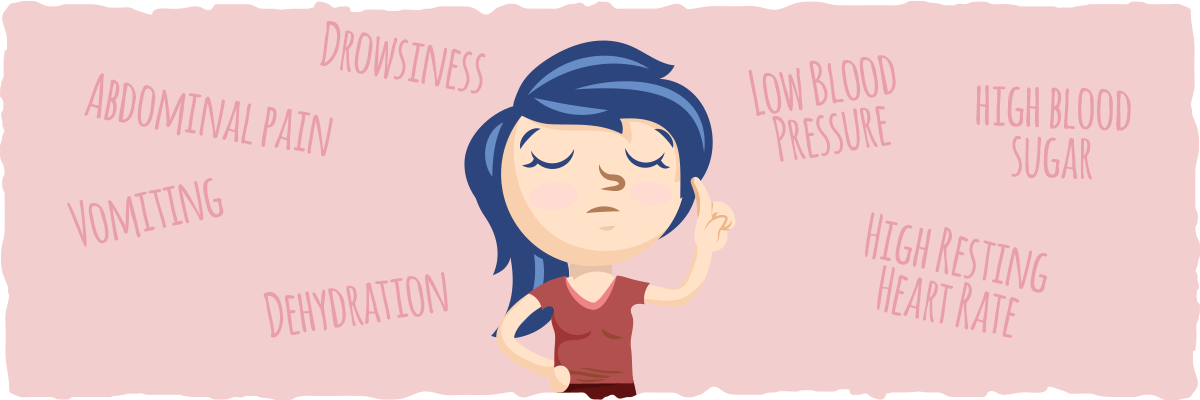
Ketoacidosis is a serious condition caused by uncontrolled diabetes. It is brought on by being born without the ability to produce enough insulin (type 1 diabetes) or living a lifestyle that promotes insulin resistance (type 2 diabetes).
In both cases, there isn’t enough insulin to tell that cells that energy is available (insulin deficiency). The lack of insulin signaling causes the fat cells and liver cells to go into starvation mode, even after a calorically dense meal.
The fat cells begin to dump triglycerides into the blood to provide the other cells with energy because the cells are perceiving that there is no fuel available. Meanwhile, the liver starts mobilizing stored glycogen and using gluconeogenesis and ketogenesis to provide the body with sugar and ketones that it doesn’t need.
All of this causes blood sugar to rise to unhealthy levels, while the lack of insulin signaling allows ketones to build up in the blood. The excess sugar and ketones will then start to draw water out of the tissues, into the blood, and out of the body in the urine.
With less water in the blood, the acidity of the ketones makes the blood so acidic that the body enters a state called “metabolic acidosis.” In other words, the blood becomes so acidic that the body cannot function properly.
The first evidence of ketoacidosis are these symptoms:
- Vomiting
- Abdominal pain
- Dehydration
- Drowsiness
- Blood glucose that is above 250 mg/dl
- Blood pressure that is less than 90/60
- Resting heart rate above 100 beats per minute
Check out this article on ketoacidosis to learn more.)
The good news is that ketoacidosis is preventable. By following a ketogenic diet, both type 1 and type 2 diabetics can have healthier blood sugar and ketone levels, and they will be more likely to experience the benefits of ketosis (as long as they keep their insulin levels in check). In fact, the ketogenic diet has even helped many people to get off all of their diabetes medication.
And that’s not all. There’s good news for non-diabetics as well.
If you are not apart of the 422 million people worldwide that have diabetes, you will probably never get ketoacidosis. You would have to put yourself through years of stress, inactivity, and unhealthy eating habits before ketoacidosis is even a possibility. (By that time, you would probably be diagnosed with type 2 diabetes as well.)
Now that the biggest safety concern about keto and ketosis is behind us, we must dig into the negative side effects that many people may experience when starting the ketogenic diet. Side effects that are otherwise known as the “keto flu.”
The Keto Flu — The Main “Safety Issue” With Keto
The side effects that you may experience while your body adapts to the ketogenic diet are known as the keto flu because they resemble symptoms of the actual flu.
These symptoms may include:
- Headache
- Fatigue
- Brain fog
- Increased hunger
- Poor sleep
- Nausea
- Digestive issues
- Decreased physical performance
- Bad breath
- Leg cramps
- Elevated heart rate
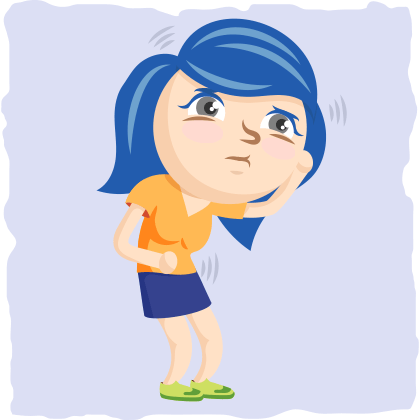
These symptoms are the result of your body’s response to carbohydrate restriction. During the ketogenic diet, insulin and glycogen levels drop causing a rapid loss of fluids and sodium.
The effects felt due to this flushing are the culprit of the most common keto flu symptoms, but they are no more dangerous than mild everyday dehydration.
How to Minimize The Side Effects of The Ketogenic Diet
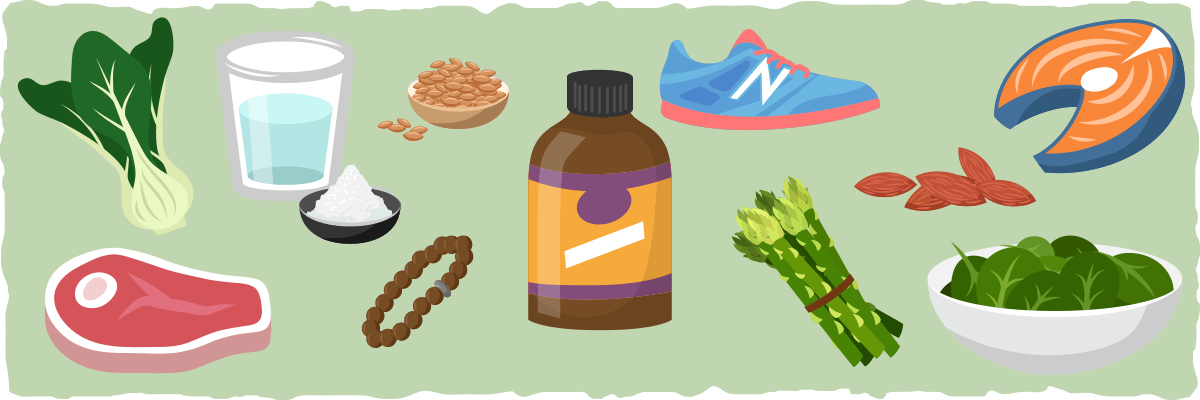
Here’s how to minimize the potential side effects of ketosis:
1. Drink Plenty of Water
Make sure to drink at least 2.5 liters of water a day for women and 3.5 liters a day for men. This will help replenish the fluid that you lost.
2. Supplement With Salt
Replenish the sodium loss by supplementing with one teaspoon to a teaspoon and a half of unrefined salt per day. Add a pinch of salt to your water and your meals for best results.
3. Increase Mineral Intake
Foods high in magnesium and potassium may help relieve leg cramps and other symptoms. Pumpkin seeds, almonds, and spinach are high in magnesium and avocado are high in potassium. You may also benefit from supplementing with potassium gluconate, and magnesium citrate or magnesium bisglycinate.
4. Eat More Fat
Providing your body with more fat will help it adjust to burning fat for fuel. The best way to do this is by supplement with MCT oil. MCTs go directly to the liver and are converted to ketones after ingestion.
5. Go For A Walk
Low-intensity exercises like walking and cycling can help increase fat burning and improve keto flu symptoms. Just make sure you take water with you.
6. Meditate Before Sleep
Stress levels may be higher while you are adjusting to carbohydrate restriction, so it may be harder to sleep and get into ketosis. Meditation can help lower stress levels and improve sleep quality, so you wake up feeling refreshed and more likely to use ketones and fat for fuel.
7. Avoid Intense Exercise
Don’t push yourself too hard while you’re adapting to ketosis. The extra stress can keep you out of ketosis. Stick with low-intensity exercise until you have no more symptoms.
8. Don’t Eat Too Much Protein
In response to protein digestion, insulin levels tend to rise. When insulin levels rise, it is more likely that sugar will be used as fuel rather than fat and ketones.
The key to preventing this from happening is eating the Goldilocks amount of protein — not too little, not too much. To figure out the perfect amount of protein for you, use our keto calculator.
9. Eat Plenty of Fiber
Fiber is essential for improving digestive health and resolving any issues with constipation or diarrhea. Eat low-carbohydrate vegetables with each meal for best results. For more on keto-friendly vegetables, check out our low-carb vegetable guide (with links to delicious recipes included).
And for those who get the worse case of the keto flu:
10. Try a Low-Carb Diet First
You can ease the transition by trying a low-carb (but not ketogenic) diet first. This will help your body adapt to the reduction of carbohydrates without feeling like you got hit by a freight train.
One way to do this is by reducing carb consumption by 5 to 10 grams each day until you are at 30 grams of carbs per day (the ketogenic diet).
Following these suggestions will make adapting to the ketogenic diet much easier. In fact, you may be able to skip the keto flu “season” altogether, or if you have symptoms, they will only last for a couple of days.
If you have any questions about the keto flu and how to remedy it, click here.
The Takeaway — Ketosis and Keto Are Safe with Minimal Side Effects
Ketosis and ketones have a bad reputation with people who have uncontrolled diabetes because they can cause ketoacidosis — a potentially life-threatening condition that many people with diabetes have experienced. However, this does not mean that ketones and ketosis aren’t safe or unhealthy. In fact, they can help promote health in many ways when accompanied by the ketogenic diet.
Adapting to the ketogenic diet, however, may be difficult for some. Carbohydrate restriction causes many rapid shifts in the body that can lead to flu-like symptoms.
Luckily, these symptoms may only last for a couple of days and can be easily remedied by following these suggestions:
- Drink plenty of water
- Increase your sodium, potassium, and magnesium intake
- Eat more fat and fiber
- Eat the right amount of protein for your goals
- Do low-intensity exercise daily
- Avoid intense exercise until you are keto adapted
- Meditate before sleep
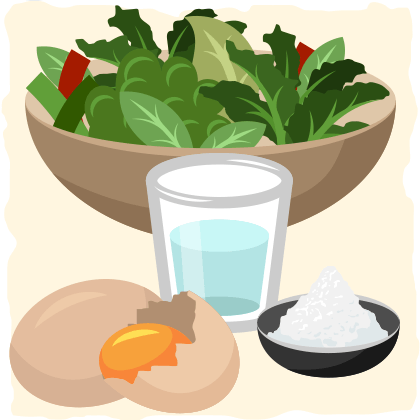
And if the keto flu is too harsh for you, then try implementing a low-carbohydrate diet first.
But why should you bother going through the keto flu to get into ketosis in the first place?
Because, on the other side of the keto flu, there are benefits that you can’t get with any other diet.
The Benefits of Keto, Ketones, and Ketosis
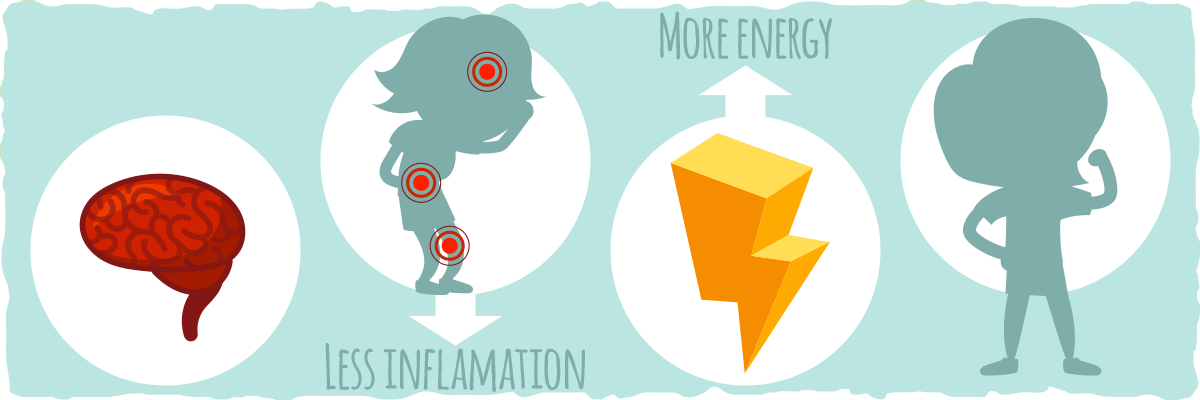
The ketogenic diet has unique effects on the body and inside of the cells that provide benefits that reach beyond what any other diet can provide. The combination of carbohydrate restriction and ketone production on the ketogenic diet:
- Reduces insulin levels
- Triggers autophagy (cellular clean-up)
- Increases mitochondrial production and efficiency
- Reduces inflammation
- Burns fat
This broad range of effects provides a plethora of benefits for a variety of different people with many different health issues. So far, scientific research provides us with evidence that the ketogenic diet can help reverse or reduce the severity of:
- Epilepsy
- Type 2 Diabetes
- Type 1 Diabetes
- High Blood Pressure
- Alzheimer’s disease
- Parkinson’s disease
- Chronic Inflammation
- High Blood Sugar Levels
- Obesity
- Heart Disease
- Polycystic Ovary Syndrome
- Fatty Liver Disease
- Cancer
- Migraines
Even if you do not have any of these conditions, the ketogenic diet can be helpful for you too. Some of the benefits that most people experience are:
- Better brain function
- A decrease in inflammation
- An increase in energy
- Improved body composition
For a more in-depth look at the benefits, read our Benefits of The Ketogenic Diet article.
Still worried about heart health? Wondering if you can still breastfeed while on keto? Below, you can find some of the most common concerns people have when thinking about a ketogenic diet.
8 Common Keto Concerns
1. Is Eating A High-Fat Diet Safe? Won’t I Get Heart Disease?
Saturated fat has been demonized over the past couple decades as a cause of heart disease, and ketogenic diets are high in saturated fat. Does this mean that the ketogenic diet puts you on the fast track to heart disease?
Not at all.
The premise for why saturated fats are “bad” came from the fact that they can raise cholesterol levels in some — but not all — people. Combine that with the common belief that high cholesterol levels, especially LDL cholesterol, are a major risk factor for heart disease, and the ketogenic diet looks like the least healthy diet for the heart health.

However, recent research found that triglyceride and inflammation levels are much more accurate predictors of heart disease. High cholesterol levels do not mean much without the presence of high inflammation or triglyceride levels.
Even if the hypothesis that “high cholesterol causes heart disease” is valid, studies on the ketogenic diet would still indicate that it is a heart healthy diet. One study, for example, put 39 obese men and 44 obese women on a ketogenic diet for about six months. The diet consisted of 30 grams of carbohydrate, 1 g/kg body weight protein, 80% polyunsaturated and monounsaturated fat, and four times more saturated fat than American Heart Association suggests as being healthy.
Researchers found that the ketogenic diet “decreased the level of triglycerides, LDL cholesterol and blood glucose, and increased the level of HDL cholesterol.”
These results show us that high-fat diets may help prevent or reverse heart disease, despite having a much higher saturated fat intake. This is because the ketogenic diet optimises cholesterol and triglyceride levels. But what about inflammation?
Although there aren’t many clinical trials on the effects of the ketogenic diet on inflammation, the biochemical mechanisms that are elicited by restricting carbohydrates and burning ketones for fuel have measurable anti-inflammatory effects on the body. This may help reduce atherosclerosis and heart disease.
The Takeaway: high-fat diets are not only safe, but they are effective at improving health as well. Eating more saturated fat than what is recommended by the American Heart Association will not put you at greater risk for heart disease either.
2. Don’t My Brain and Body Need Carbs to Function?
Carbohydrates are helpful in some ways, but the body doesn’t require them to be provided in the diet.
We have many metabolic processes including ketogenesis (burning ketones for fuel) and gluconeogenesis (making glucose out of non-glucose substrates) that are ready to provide us with energy from fats and protein when carbohydrates aren’t consumed. However, we do not have any metabolic processes that we can use to replace our fat and protein needs with dietary carbohydrate.
Many of the cells in our body can also use ketones for most of their energy needs. In fact, 75% of the brain’s energy needs can come from ketones, while gluconeogenesis fulfills the remaining sugar requirements.
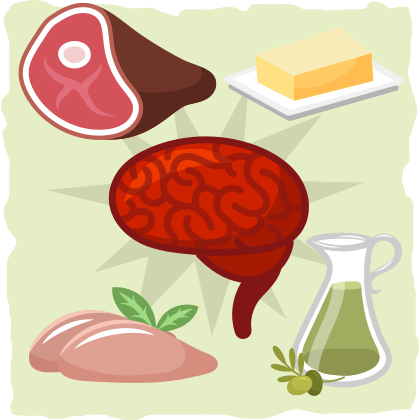
The Takeaway: The body can thrive without carbohydrates. Fat and protein can be converted into glucose and ketones when we need fuel, making the need for dietary carbohydrates obsolete.
3. Is Restricting Grains and Fruit Healthy?
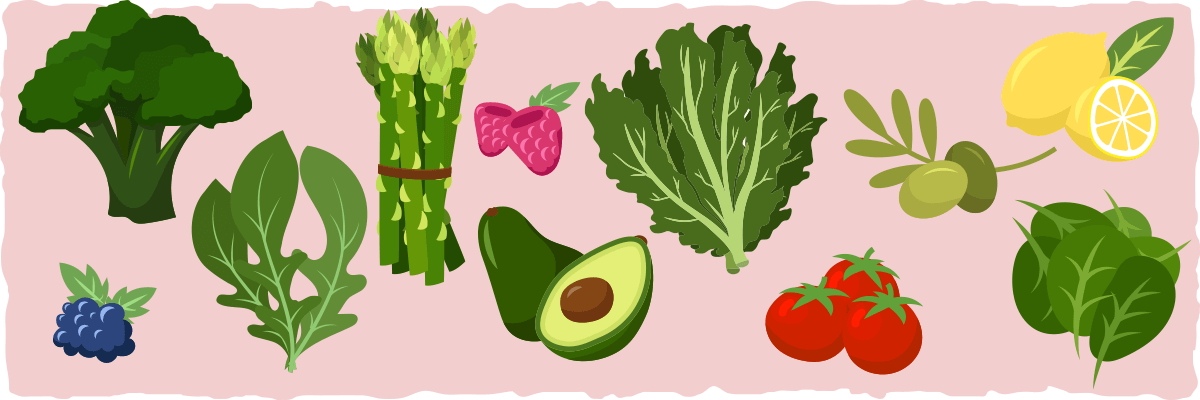
The fact is that compared to many vegetables, fruit is not a good source of vitamins and minerals. And grains? Not only can the trace vitamins and minerals in grains be found more richly in meats, dairy and other keto friendly foods, but the phytates and tannins found in grains can also block absorption of some vitamins and minerals.
Contrary to popular belief, it is easier to eat a healthy diet when you restrict grains completely. You can get all the nutrients you need from low-carb vegetables and fruits.
Here is a brief list of nutrient packed keto-friendly fruits and vegetables:
- Spinach
- Kale
- Arugula
- Lemon
- Blueberries
- Avocado
- Asparagus
- Broccoli
- Olives
- Tomatoes
(check out our low-carbohydrate vegetable guide for recipes and suggestions)
High-quality pastured meats and dairy are also filled with more essential nutrients than fruits and grains. Grass-fed beef liver, for example, contains more vitamins and minerals than most of the vegetables listed above.
If you are not a fan of liver and other organ meats, then you can try some delicious U.S. Wellness Meats Liverwurst, Head Cheese, or Braunschweiger to get a nutrient packed dose of organ meats.
Even muscle meat, such as filet mignon and ground beef, has health-promoting creatine and antioxidants like glutathione in it. To get the healthiest, highest-quality meat, order from
U.S. Wellness Meats, White Oak Pastures, or Polyface Farms.
The Takeaway: Limiting grain and fruit intake can make your diet much healthier than before. Simply replace grains and fruit with low-carb fruits and vegetables and high-quality meats and dairy for the best results.
4. Will Keto Damage My Kidneys And Cause Kidney Stones?
The source of the claim that keto is not good for the kidneys comes from the misunderstanding that the ketogenic diet is a high protein diet and that high protein intake causes kidney issues.
Firstly, the ketogenic diet is not a high protein diet. It is moderate in protein content (15-30% of calories from protein).
Secondly, there’s no evidence that high protein intake is the cause of kidney damage and stones.
The only correlation is that, in people who already have kidney issues and a history of kidney stones, protein seems to make the issue worse.
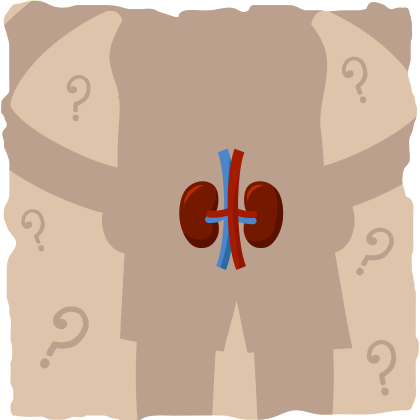
Whether you have a history of kidney issues or not, you will be safe with the moderate amount of protein you get from the ketogenic diet. However, people with chronic kidney disease will benefit from a lower protein intake (12-15% calories from protein).
The Takeaway: The ketogenic diet does not cause kidney issues nor does a high protein intake.
5. Won’t A High-Fat Diet Cause Gallstones and Gallbladder Issues?
When the gallbladder is active, it begins flushing out and replenishing its contents. If it is inactive, then the contents will sit idle and be prone to stone formation.
This means that gallstones are the result of a sluggish gallbladder. What increases gallbladder activity? The ketogenic diet.
The reason why the ketogenic diet is sometimes blamed for being the cause of gallstones is that the gallbladder kicks into high gear when fat consumption is increased. This increased activity will cause gallstones that formed as a result of a low-fat diet to be flushed out of the body.
So, is the claim that a low-fat diet, not a ketogenic diet, causes gallstones legitimate? The scientific literature says “yes.”
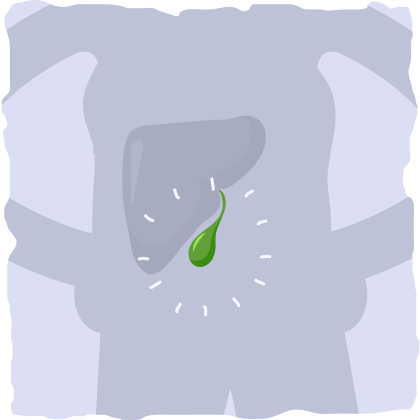
In a study of 51 obese people using an extremely low-fat diet (just one gram of fat per day!), the gallbladder was examined by ultrasound before the diet and after one and two months.
After one month four of the 51 participants had developed new gallstones. After two months 13 of them had new gallstones. Three participants needed to have their gallbladder removed during the study.
Another study compared an extremely low-fat diet with a diet that was slightly higher in fat for three months. More than one in two (6 of 11 people) in the group eating extremely low fat developed new gallstones. Not one person in the group eating more fat developed gallstones.
The Takeaway: Do you want gallstones? Avoid fat. Do you want a healthy gallbladder? Eat more fat.
6. Is the Ketogenic Diet Safe for Pregnancy?
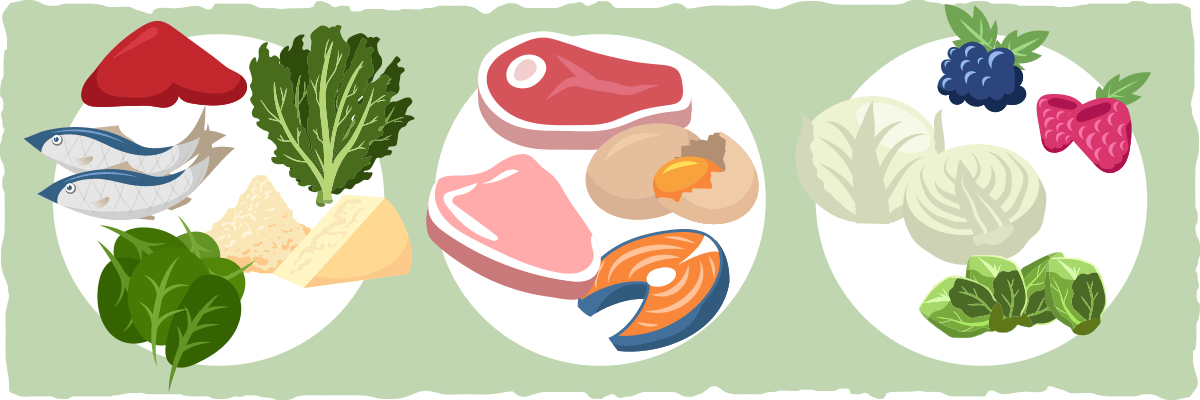
The ketogenic diet is a safe and healthy diet for pregnancy, as long as you follow a couple recommendations.
Recommendation #1: Eat Micronutrient Dense Foods Every Day
Although prenatal vitamins and multivitamins seem like a good idea, studies indicate that they have little to no positive benefits and may even be risky. A nutrient rich diet is a much better way to meet all your micronutrient needs. The most nutrient rich foods are pasture-raised organ meat, wild-caught sardines, and low-carbohydrate vegetables like spinach, kale, and broccoli.
During early pregnancy and prior to conception, foods higher in folate, such as liver and dark leafy greens, are essential. Vitamin D (high in beef liver and sardines), iodine (high in seaweed and raw cheeses), and DHA (high in sardines and fatty fish) are also essential.
Recommendation #2: Increase Your Protein Intake
Protein intake should be increased to 1-1.2 grams per pound of lean mass throughout pregnancy and breastfeeding. Use our keto calculator and body fat percentage estimation guide to help you figure out the right amount of protein for you.
Reccomendation #3: Dial Up Carb Intake Later in Pregnancy
Later into the pregnancy and for breastfeeding, add in 30-50g extra carbs from fruit and dark green vegetables per day. Don’t worry, you will still be able to stay in ketosis, despite the increase in carbs. Instead of taking you out of ketosis, they will be used to meet the needs of the baby.
The Takeaway: If you are on the ketogenic diet while you are pregnant, make sure you eat plenty of protein, eat as much micronutrient dense food as possible, and increase your carbohydrate intake later in pregnancy.
7. Should You Be on The Ketogenic Diet While Breastfeeding?
The research on the ketogenic diet and breastfeeding is inconclusive at the current moment. Based on anecdotal reports, however, it seems that ketogenic diets are healthy for most breastfeeding women
It is commonly suggested to add in 30-50g extra carbs from fruit when breastfeeding to help the body produce milk. Adding in extra calories from fat (300-500 calories worth) may be helpful as well.
However, make sure you contact your medical professionals for advice on what’s best for you to do specifically.
The Takeaway: The ketogenic diet will not impair breastfeeding as long as you increase carb and fat intake.
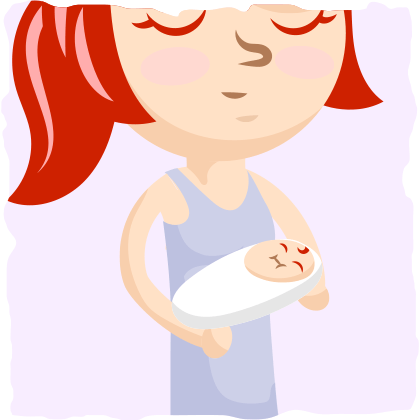
8. Is The Ketogenic Diet Safe For Children?
Because of its origin as a treatment for children’s epilepsy, we have plenty of research on the safety of different types of ketogenic diets for children. The most important thing that we can take away from all of the studies is never to limit protein or calories while the child is developing. Increasing carbohydrates is not necessary, but maintaining higher protein intake is.
Getting in 1.0-1.2 grams of protein per pound of lean mass should be the goal for most children. Adequate calorie intake is essential as well, but how much is enough?
It is tough to calculate the caloric needs of a developing child, but as long as they have quality keto-friendly options available and a healthy relationship with food, they will naturally eat to fulfill the needs of their body.
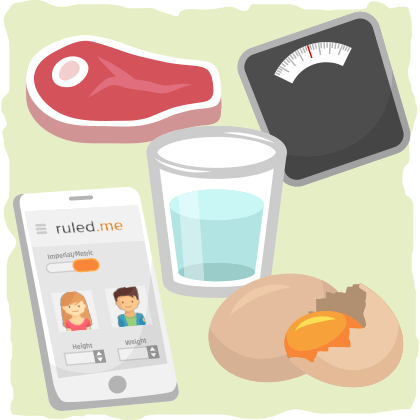
You can also use the keto calculator as a guide to get an estimate of what your child should be eating. It is also important to make sure the child is drinking plenty of water (around 2 liters per day)
The Takeaway: The ketogenic diet is safe and healthy for developing children as well. Make sure they are getting plenty of protein, calories, and water for optimal health and development.
Putting It All Together
Although it comes with short-term side effects, the ketogenic diet is safe and healthy for almost any person with any condition. For the best results, follow these recommendations if you have any problems with the ketogenic diet:
- Increase your fluid and salt intake
- Eat mostly micronutrient dense foods like organ meats, sardines, and low-carbohydrate vegetables
- Meet your ideal protein and fat requirements
- Mitigate your stress levels with meditation, sleep, and the right amount of exercise
- If you are later in pregnancy or breastfeeding, increase your carb and fat intake
It’s that simple. For more details on how to get started, read through our beginner’s guide.
Sources:
- Is the Keto diet Safe? 10 Myth-Busting Arguments for the Safety of Ketosis — Keto Krate Blog
- Is Ketosis Safe and Does It Have Side Effects? — Healthline
- Dietary Protein and Chronic Kidney Disease — DaVita Kidney Care
- Long-term effects of a ketogenic diet in obese patients — NCBI
- Obesity and tumor growth: inflammation, immunity, and the role of a ketogenic diet. — NCBI
- Inflammation and cardiovascular disease mechanisms — The American Journal of Clinical Nutrition
- Inflammation as a Cardiovascular Risk Factor — Circulation
- Multivitamin Use and Risk of Cancer and Cardiovascular Disease in the Women’s Health Initiative Cohorts — The JAMA Network